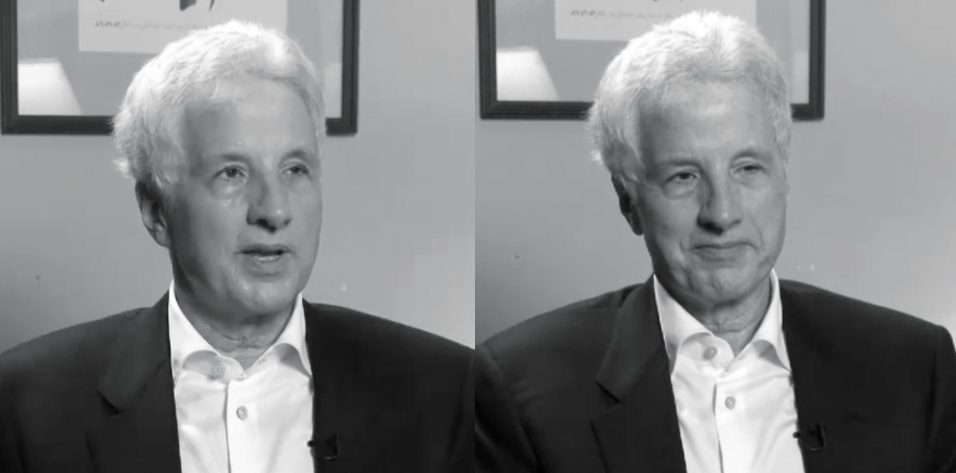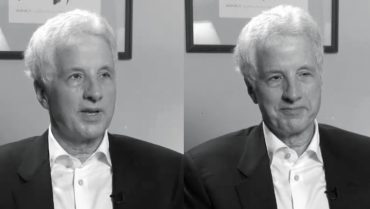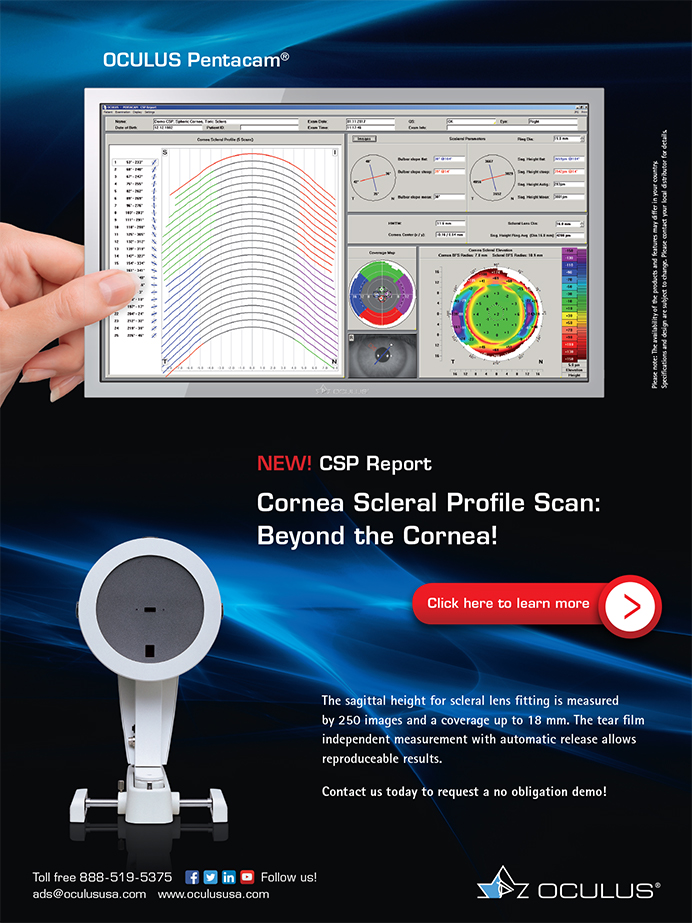BMC: Who or what drew you to ophthalmology?
Stephen G. Slade, MD, FACS: Dumb luck. No, I’m serious. I got out of medical school really not knowing what I wanted to do. I went through all the specialties and learned what I didn’t want to do. I thought I might want to go into orthopedic surgery or neurosurgery—I was interested in hand surgery and plastic surgery. I knew I wanted to do some kind of delicate surgery, but I really didn’t know what type specifically. During my internship, I looked around at the people in my class who I thought were intelligent, and several of them went into ophthalmology. So that’s where I went.
BMC: How has LASIK evolved over the years? Are you proud of how far the procedure has come, and what is left to be accomplished?
Dr. Slade: LASIK has become a wonderfully mature technology, or modern LASIK. We did the first LASIK in the United States here in Houston in 1991. When we first did LASIK, we were making the flaps with manual keratomes. The lasers fired between three and six shots per second, there was no eye tracking, and we used very basic nonaspheric ablation patterns.
Now, of course, we have eye trackers, femtosecond laser keratomes, excimer lasers that fire 500 to 1,000 shots per second, scanning laser patterns, and sophisticated aspheric ablation patterns. We also have customized wavefront- and topography-driven ablations.
I’m proud of how much technology, effort, and innovation has gone into LASIK. It’s become a wonderful technology—so much so that I wish we could go back and treat some people who were previously left behind, those with irregular astigmatism, decentered LASIK, or trauma, because we can now address these issues with complex ablations.
Modern LASIK, the way we do it now, is such a good surgery. It’s the most successful, most accurate surgery in medicine, in my opinion.
BMC: Recently, you were among the first US surgeons to perform laser cataract surgery. How have you kept yourself in position to periodically be one of the first to use new technologies like these?
Dr. Slade: Honestly, this may sound like a copout, but I think a lot of it is just luck—knowing the right people and being in the right place at the right time. My contribution might be that I understand how to work with early-stage companies and technologies. When companies come to you with an idea, you have to realize that you’re sort of the test dummy, if you will. It’s a huge responsibility because you’re using it on your own patients. There’s no one to learn from because you’re the first. You have to innovate as you go along and figure out the best techniques and how best to use it, whatever it may be.
When you work with early-stage technologies, you have to know how to be honest and frank with the company about what works and what doesn’t. You also have to know that you talk to the company, you don’t go out and shout to the world, “This device doesn’t work.” Instead, tell the company, “This is the problem.” You must be part of the team.
BMC: Working so much with these early-stage companies, have you learned to discern a good opportunity from a bad one? How do you decide that?
Dr. Slade: To someone who is starting out in consulting, I would say to be aware that this is what you’re doing. In your career, you’re going to be presented with different projects. Try to be conscious while you’re making the decision of whether to get involved. Step back, watch yourself, try to learn something, and maybe try to teach something. Whatever it is, be honest in your assessment. I think I have done that, and I think it has helped me to mostly pick winners in technology.
BMC: If you had to nominate one creative mind in ophthalmology, whom would it be and why?
Dr. Slade: Creativity is an amazing talent. This is an outside-the-box choice, but I would nominate two people, and they are not ophthalmologists: David Cox and Adam Krafczek, the cofounders and president and vice-president, respectively, of BMC, the publisher of CRST, CollaborativeEYE, and a whole host of other eye care publications. They are creative, and they have done things to advance the specialty. They helped to create the American-European Congress of Ophthalmic Surgery (AECOS), they publish a range of subspecialty magazines in ophthalmology, and they produce meetings—all of which have valuable content. The team that they have put around them is really creative.
Is there an amazingly creative ophthalmologist I could name instead? Sure. There are many, but their creations tend to be more scientific. The work that Dave and Adam do is creative communication, which is a great value in the information age we live in.
Dave and Adam came into a field where they didn’t have a medical background or similar experience, but they built a creative company that brings value to the field. They are amazing guys with complementary talents and an ability to pick great people to work with them. They truly love the field and our people, and it shows.





